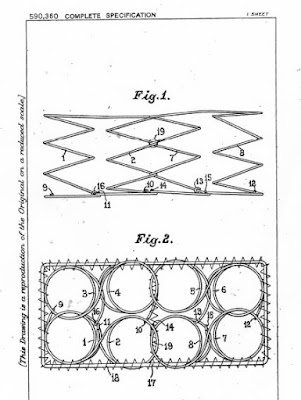The mill was built in the late 18th or early 19th century for the manufacture of fustian, a coarse cotton fabric. It was originally powered by water drawn from the Black Brook. The water wheel was fed from two mill ponds. Landed at Liverpool, the raw cotton was carried by canal to Buxworth and the finished goods were despatched by boat to Manchester. The mill had its own canal wharf next to teapot row. There was some rebuilding in 1851 and the site became part of the Bugsworth Hall Estate.
Fustian manufacture ceased in 1900 and the newly formed Britannia Wire Works Company moved into the now empty mill. Britannia manufactured a range of seating for the furniture, railway, aviation and motor trades as well as matresses. The wire formed the sprung interiors. The company built up a considerable export business, the mill was extended and theponds filled in. Production ceased in May 1969 and the mill was occupied by PVC Group until the time of the fire.
There are now proposals to redevelop the site for housing. Rivertown Developments based in Buxworth hopes to build up to 110 homes in a mix of styles and size.
The websites of TPM Landscapes and Crowley Associates, planning consultants, not only detail the proposed developments but also provide considerable historical and site information with detailed maps showing how the mill developed. :
http://www.tpmlandscape.co.uk/consultation/
http://crowleyassociates.co.uk/experience/britannia-mill/
Trevor Walmsley has recently contacted the History Society. He left New Mills in 1973 and now lives in New Zealand. His father in law, Lawrence Devine, was at Britannia all of his working life and was works manager until it closed in 1969. The photographs are of Mr Lawrence with his daughter Patricia; A calendar from the office and extracts from a patent deposited in 1945 for Ford car seats.
The following photographs show the blaze being tackled by the fire brigade, the derelict building and the former Britannia road vehicles.










No comments:
Post a Comment